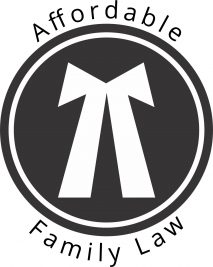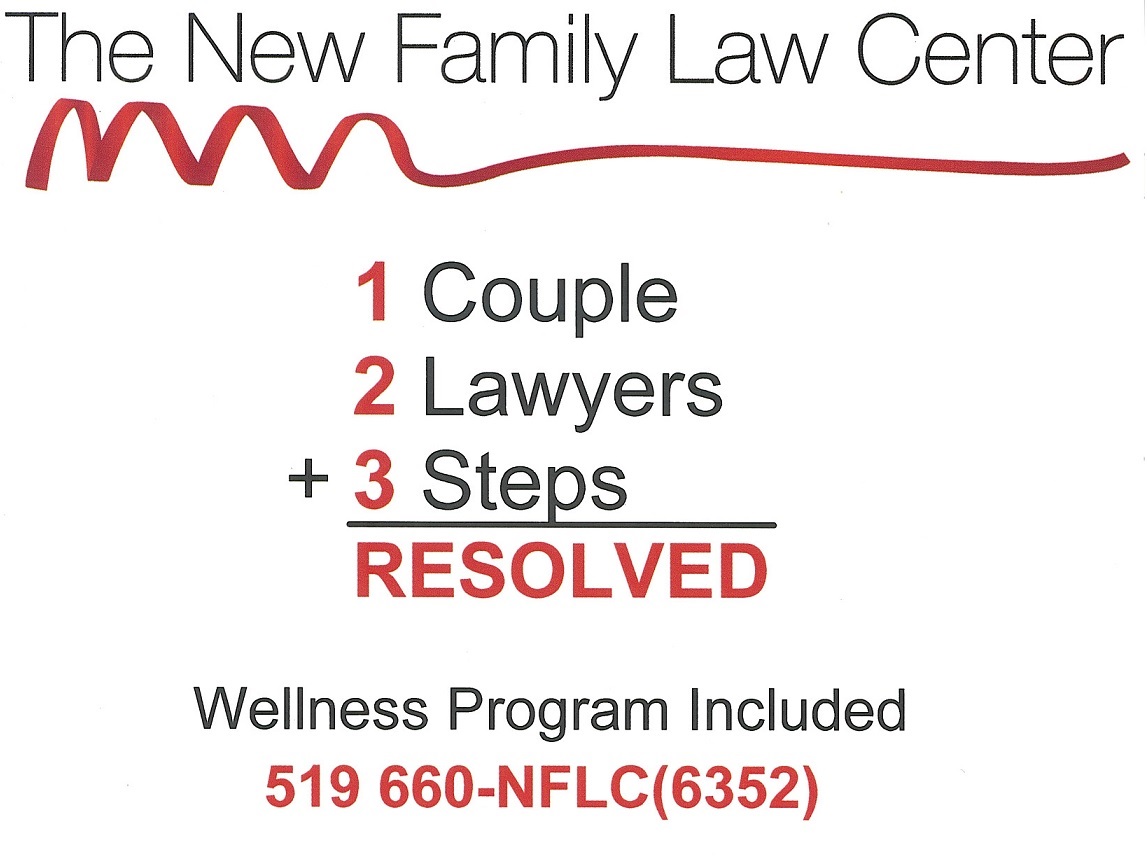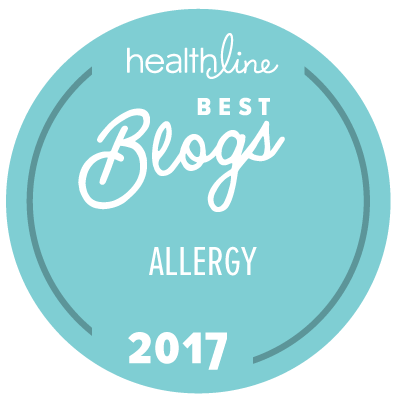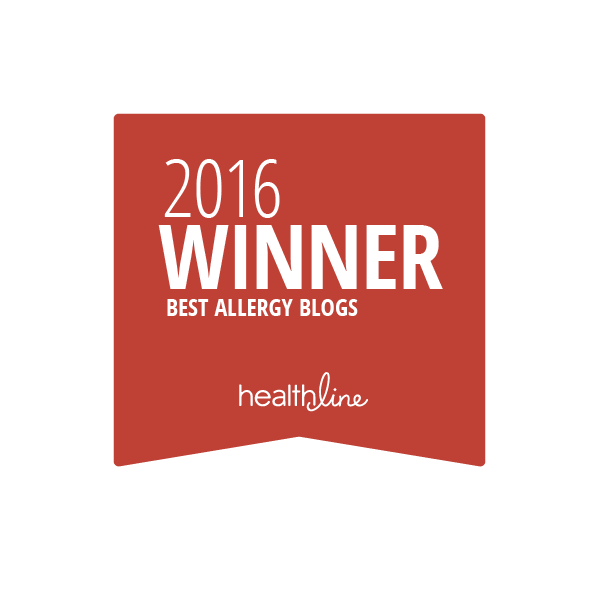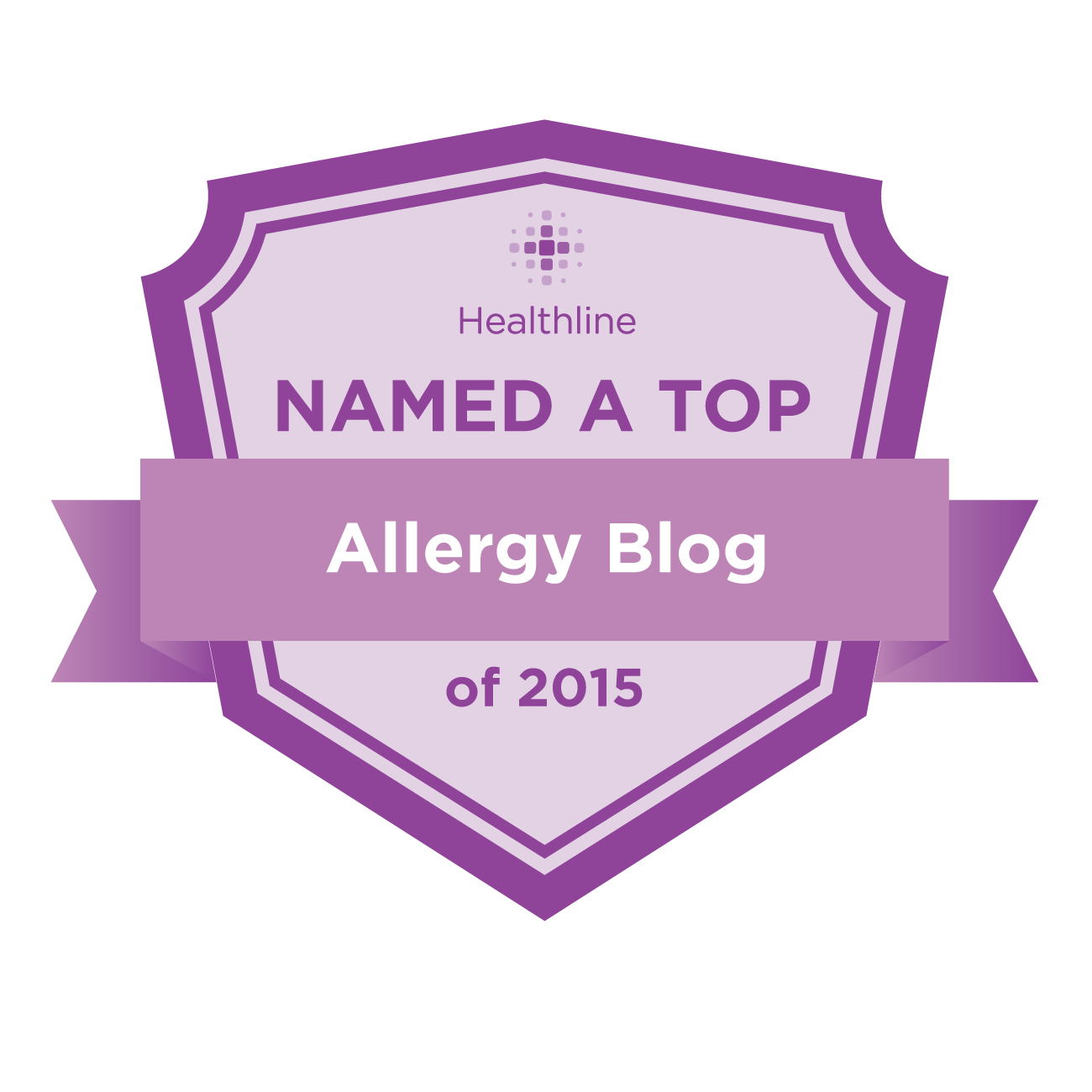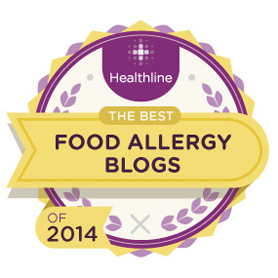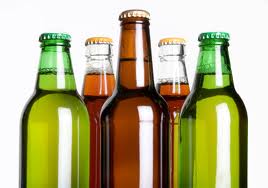 I recently learned through Kyle Dine that beer can contain the very serious food allergens. Specifically, there are beers that include milk, peanut butter, chestnuts, or almonds in their ingredients. These are the links to the companies that Kyle provided, along with some updated information I recently received:
I recently learned through Kyle Dine that beer can contain the very serious food allergens. Specifically, there are beers that include milk, peanut butter, chestnuts, or almonds in their ingredients. These are the links to the companies that Kyle provided, along with some updated information I recently received:
Milk allergen:
Granville Island Chocolate Stout – Contains real chocolate
Bilk beer – Japanese beer that’s 1/3 milk
Peanut allergen:
Boston Beer Works peanut-butter porter beer – Contains peanut butter (on tap only, no bottle)
Tree Nut allergen:
Cottonwood Almond Stout – Beer with real almond flavoring
Harvester Brewing – Harvester Pale Ale is handcrafted from chestnuts, sorghum, oats, and pure cane sugar, and generously hopped with Nugget, Cascade, and Meridian. The chestnuts are sourced directly from an Oregon farmer and hand-roasted at the brewery.
Sulfites allergen:
Wine and beer also contain sulfites, another group of compounds known to provoke asthma and other allergy-like symptoms. Jules Shepard, the author of the blog “Jules Gluten Free” provided me with this information about sulfites in wine. “Some simple rules to remember when it comes to sulfites: Sweeter (dessert) wines generally contain more sulfites than dry wines, and white wines contain more sulfites than reds. To find wines with the least amount of sulfites, look first for organic wines, which must contain less than 100 ppm (parts per million) sulfites to attain that designation. Wines will bear the label “contains sulfites” if they contain more than 10 ppm sulfites [if not disclosed on the label, please call the manufacturer to find out the values]. So, somewhere in between is where you’ll find most “low sulfite” wines — the trick is identifying them!”
Fruit and other food allergens:
Lakefront Brewery clearly labels its ingredients on the label, and it should be noted that there is coffee into their coffee stout, and orange peel and coriander into their White Beer. They also have a bunch of food containing fruit and pumpkin beers made with apricot, pumpkin (it’s a food you may wish to avoid if you’re latex allergic), cherry, vanilla, and/or cocoa nibs.
Egg allergen:
Some red wines are clarified (“fined”) with eggs. Lysozyme, derived from egg white and used in cheese and wine as an anti-microbial stabilizer, has been scientifically studied and may trigger allergic reactions (click here to read about the study). Other fining agents for wine are fish and milk. Chestnuts are used to increase tannins.
It’s scary but true, so please be sure to check the ingredients in beer and wine before consuming it. If your beer does not have ingredients listed on the label, then please do not drink it: Call the manufacturer to inquire about your specific allergens first.
It’s important to know as well that alcohol worsens allergic reactions: Beer, wine and liquor contain histamine, which is produced by yeast and bacteria during the fermentation process. Histamine is the chemical that sets off allergy symptoms.* As always, it’s imperative for those with known allergies to wear an EpiPen, even during a night on the town.
For more on a related subject, click here to read Laura Waldo’s contribution to my blog “Gluten Free Beer, Mixers, and Liquor”.
* Source http://www.nytimes.com/2010/04/20/health/20real.html accessed 31 January 2011.
UPDATE: Effective August 4, 2012, enhanced food allergen labeling policies will come into effect in Canada which require food allergens present in wine and spirits as a result of the use of fining agents made from allergenic ingredients such as eggs, fish, milk, etc, to be shown on the label of the product.
Source: http://www.inspection.gc.ca/food/consumer-centre/food-safety-tips/labelling-food-packaging-and-storage/information/notice-to-industry-20120713/eng/1342147908053/1342147983364 Accessed 14 July 2012.
** If you found this post helpful, I would love for you to use the “Sharing Is Caring” bar (below) on my blog to share this post via Facebook or Twitter. If you’re reading this as an e-mail message, you need to jump over to my blog first by clicking here.
